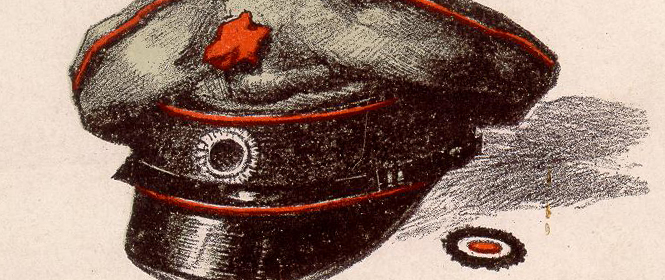
1918: Revolution and Republic
Revolutions typically occur amid fighting and violence, triggered and propelled by events that are almost always excessive and eruptive in nature. However, as we can tell from written commentaries of the time, even contemporary observers were surprised at the bloodless nature of the events that gripped the German Empire in November 1918, especially when they compared them to the revolution of 1917 in Russia – then at the forefront of everyone’s mind – or the French Revolution of 1789. For, despite occasional armed clashes, this wave of social and political upheavals was essentially free of almost any violence. Having dominated Germany for nearly 50 years (and Prussia for more than five centuries) the rule of the Hohenzollern dynasty collapsed and vanished amid a scene of almost unimaginable calm – heralded by the abdication of Kaiser Wilhelm II and his subsequent flight into exile in the Netherlands. The symbol of this revolution was not terror, but rather the distinctly un-revolutionary cockades and epaulettes worn by officers of the Kaiser’s armed forces – as Thomas Jander, head of the Documents Collection, explains: